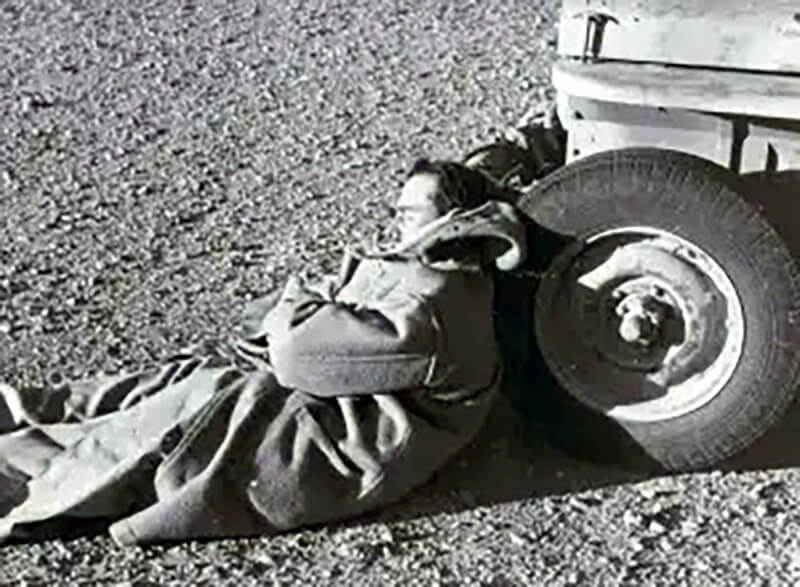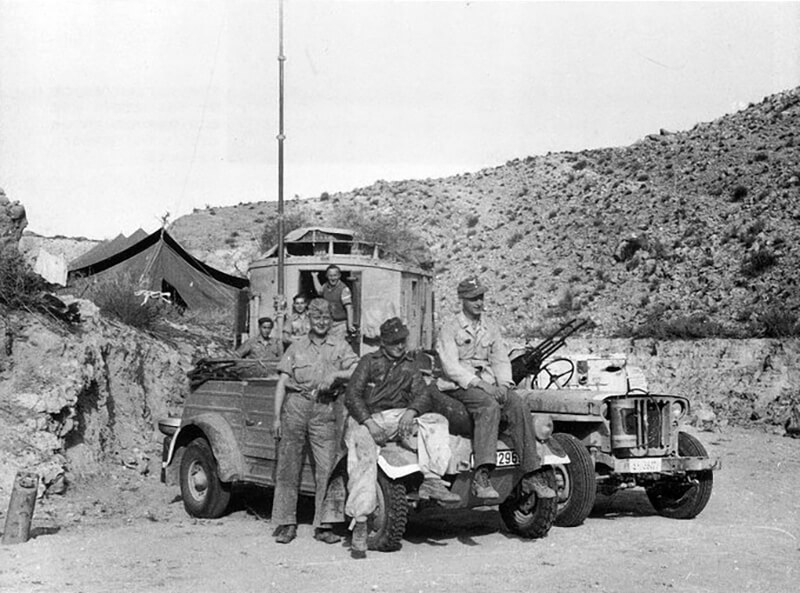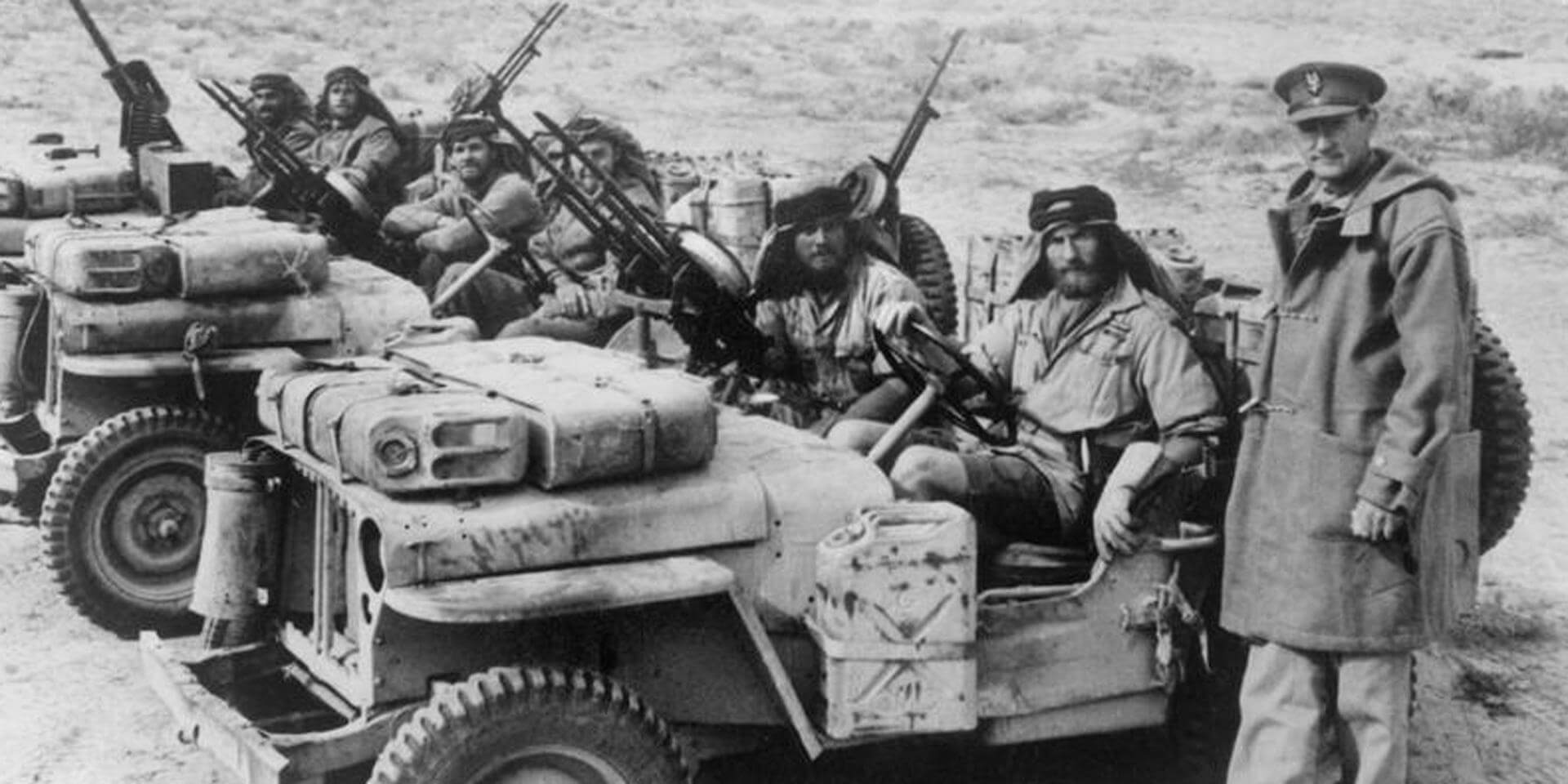| Page Created |
| February 4th, 2023 |
| Last Updated |
| April 3rd, 2023 |
| Great Britain |
 |
| Related Pages |
| British Biographies Special Air Service Biographies Allied Biographies Axis Biographies |
| David Archibald Stirling |
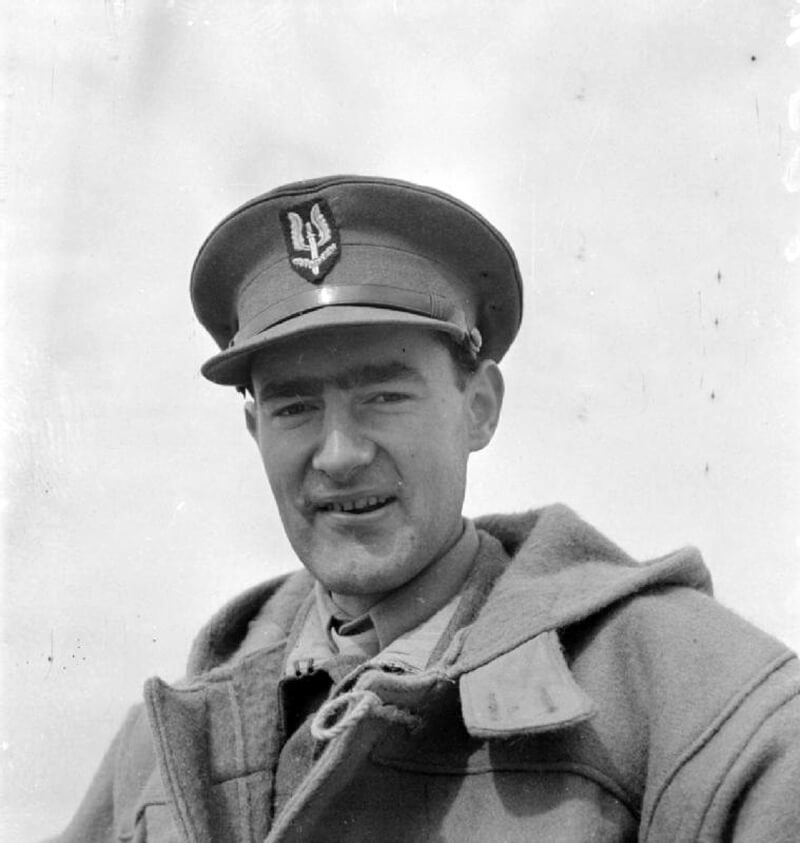 |
| Scots Guards |
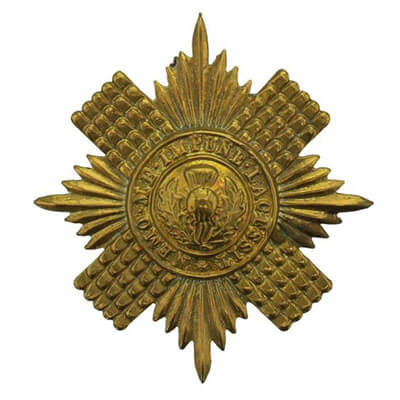 |
| Army Commandos |
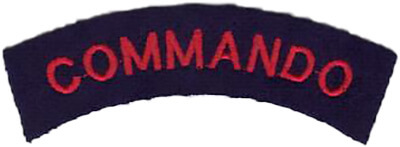 |
| Special Air Service |
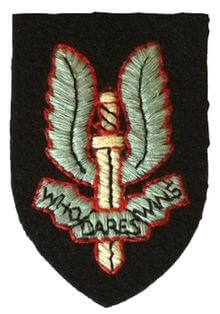 |
| Biography |
David Archibald Stirling is a Scottish officer in the British Army, a mountaineer, and the founder and creator of the Special Air Service (SAS). Born on November 15th, 1915, Stirling is the son of Brigadier-General Archibald Stirling and Margaret Fraser, daughter of Simon Fraser, the Lord Lovat. His family is of noble Scottish heritage, and he is educated at the Catholic boarding school Ampleforth College.
Despite only attending a year at Trinity College, Cambridge, Stirling is an athletic figure and is training to climb Mount Everest when the Second World War broke out. In 1937, he is commissioned into the Scots Guards and in 1940, he volunteers for the No. 8 (Guards) Commando under Lieutenant-Colonel Robert Laycock. Layforce sails for the Middle East in 1941 but is soon disbanded after suffering heavy casualties in the Battle of Crete and the Battle of the Litani River.
Stirling, who believes in the potential of a small team of highly trained soldiers to attack several targets from the desert in a single night, goes straight to the top with his idea. He enters the headquarters of Commander-in-Chief, Middle East Command General Sir Claude Auchinleck in Cairo and explains his plan to Major General Neil Ritchie, who then convinces Auchinleck to allow Stirling to form a new special operations unit. The unit is given the misleading name “L Detachment, Special Air Service Brigade” to reinforce a deception of a parachute brigade existing in North Africa.
The Special Air Service (SAS) undergoes an initial period of training, culminating in their first significant operation. A parachute assault on a German airfield on November 16th, 1941, codenamed Operation Squatter, supporting Operation Crusader. However, this operation proves disastrous. Out of the original 55 men, about 34 are killed, wounded, or captured, far from their intended target. They’re blown off course or land in the wrong area during one of the region’s most severe storms. The survivors escape only with the assistance of the Long Range Desert Group (LRDG), who are originally designated to pick up the unit after the attack.
Due to the extraction by the Long Range Desert Group by desert vehicles, David Stirling, recognises that approaching by land under the cover of night is safer and more effective than parachuting.
The unit adapts American Jeeps to deal better with the harsh desert terrain than other forms of transport. These Jeeps are cut down, adapted, and fitted with Vickers K machine guns at both the front and rear.
Stirling often leads from the front, finding it challenging to command from behind. His Special Air Service units drive through enemy airfields in the Jeeps, shooting up aircraft and crew. This approach, coupled with the use of small, agile groups, helps the SAS avoid detection and effectively achieve their objectives.
the Special Air Service (SAS) conducts its first Jeep-borne airfield raid shortly after acquiring a batch of Jeeps in June 1942. Under David Stirling’s command, the SAS group targets the Italian-held Bagush airfield and two other Axis airfields in a single night. Following this successful operation, Stirling returns to Cairo and procures more Jeeps for additional airfield raids.
As of July 1942, the Special Air Service possesses a force of 100 men, equipped with the new shipment of American four-wheel-drive jeeps. These jeeps are stripped of unnecessary components, including the windshields, and modified to carry extra fuel, water, ammunition, and rations for extended missions. Each jeep is armed with a pair of Vickers K machine guns, capable of firing 1,200 rounds per minute.
Axis commanders, now aware of the threat posed by British desert raiders, have strengthened their airfield defenses, placing guards at every aircraft. In response, Colonel David Stirling shifts SAS tactics from stealth to direct assaults, planning mass jeep raids with the firepower of the Vickers guns.
On the night of 26th–27th July 1942, Stirling’s Special Air Service, now armed with 18 Jeeps, launches a significant raid on the Sidi Haneish landing strip. The operation results in the destruction of 37 Axis aircraft, predominantly bombers and heavy transports, with the loss of two men. Successfully evading enemy patrols and aircraft, Stirling and his team safely reach their advance camp at Qaret Tartura on the edge of the Qattara Depression. For his leadership and accomplishments, Stirling is promoted to lieutenant-colonel in September 1942.
However, these hit-and-run operations ultimately lead to Stirling’s capture by the Germans in January 1943. He is caught sleeping by the Germans in a Tunisian valley. One of his captors, Sergeant Heinrich Fugner, notes that the British had not posted any guards, leading him to believe they felt secure in their hideout. The captors are part of Fallschirmjaeger z.b.V 250, a unit deployed to North Africa to target British special forces. Brigadier George Davy, the DMO at General Headquarters, had warned Stirling to change his route due to hostile natives, but Stirling was stubborn and ended up being captured.
Stirling manages to escape from German custody but is later recaptured by the Italians, much to their amusement and the Germans’ chagrin. He makes four additional escape attempts before being sent to Colditz Castle, where he remains a prisoner for the rest of the war. Arriving at Colditz on 20th, August 1944, Stirling is tasked with setting up the Colditz British Intelligence Unit, following a Stay-Behind Order (SBO) in the region. Paddy Mayne assumes command of the Special Air Service after Stirling’s capture.
Bill Stirling, David’s older brother, is relieved upon hearing the news and writes to their mother that a short stay in captivity might be good for David, who he believes should have died multiple times already. With David gone, the SAS undergoes a transformation under the leadership of Bill Stirling and Paddy Mayne, becoming a highly effective brigade.
During the 15 months before Stirling’s capture in North Africa, the Special Air Service destroys over 250 aircraft on the ground, numerous supply dumps, damages railways and telecommunications, and renders hundreds of enemy vehicles inoperable. Field Marshal Bernard Montgomery famously describes Stirling as “mad, quite mad”, reflecting his unconventional and bold approach to military tactics.
He is also a talented writer and writes several books on the SAS and its operations, including “The SAS in Action 1940-1946” and “A Blazing Adventure.” Stirling’s books provide valuable insights into the work of the SAS and the impact that they had on the outcome of World War II.
Despite his early death in 1990, at the age of seventy-four, David Stirling remains one of the most respected figures in the history of British military and will always be remembered as a hero of World War II. David Stirling was a remarkable figure who made a significant contribution to the British Army and the outcome of World War II. He will be remembered as a visionary leader who founded the SAS and paved the way for modern special forces units. Stirling’s legacy continues to inspire new generations of military leaders and serves as a testament to the importance of innovation and leadership in the face of adversity.
| Multimedia |
